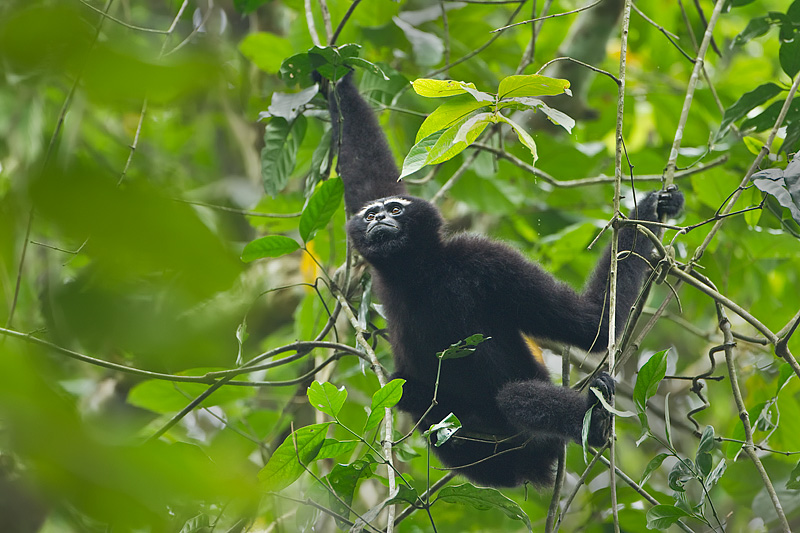
Kaziranga National Park
Indeed, Kaziranga National Park is a remarkable conservation area located in the northeastern state of Assam, India. Its diverse ecosystem encompasses a range of habitats such as forests, wetlands, and grasslands, which provide a sanctuary for a rich variety of wildlife.
The park is renowned for harboring the world’s largest population of Indian one-horned rhinoceroses, which are under strict protection here. Additionally, Kaziranga is home to an array of other charismatic species including tigers, wild elephants, water buffalo, swamp deer, and wild boars. The park’s significance extends to its role as a habitat for the endangered Ganges River dolphins, adding to its ecological diversity.
Moreover, Kaziranga National Park serves as a vital haven for numerous migratory birds, drawing birdwatchers and enthusiasts. The park attracts a multitude of rare and diverse avian species, making it a hotspot for birdwatching activities.
The coexistence of such a wide range of wildlife in Kaziranga is also enhanced by its proximity to human settlements. Kaziranga village, situated nearby, not only acts as a gateway for visitors but also presents a unique example of human-wildlife cohabitation, where gray pelicans are known to roost in close proximity.
The park’s rich biodiversity, scenic landscapes, and conservation efforts have contributed to its recognition as a UNESCO World Heritage Site, emphasizing its global significance in preserving unique ecosystems and endangered species.
